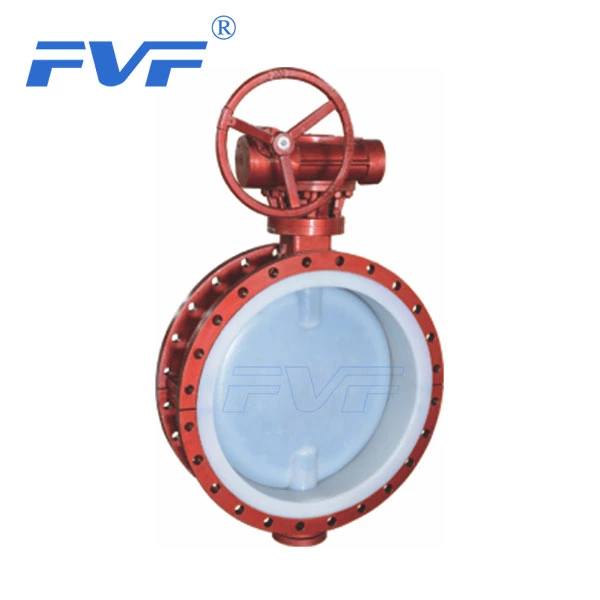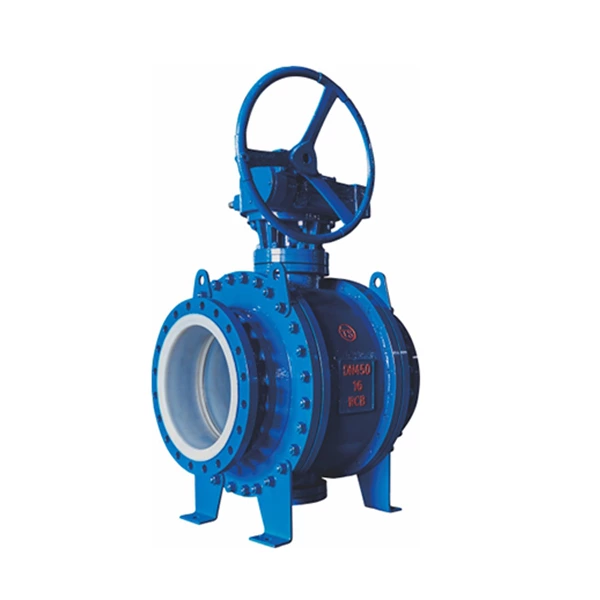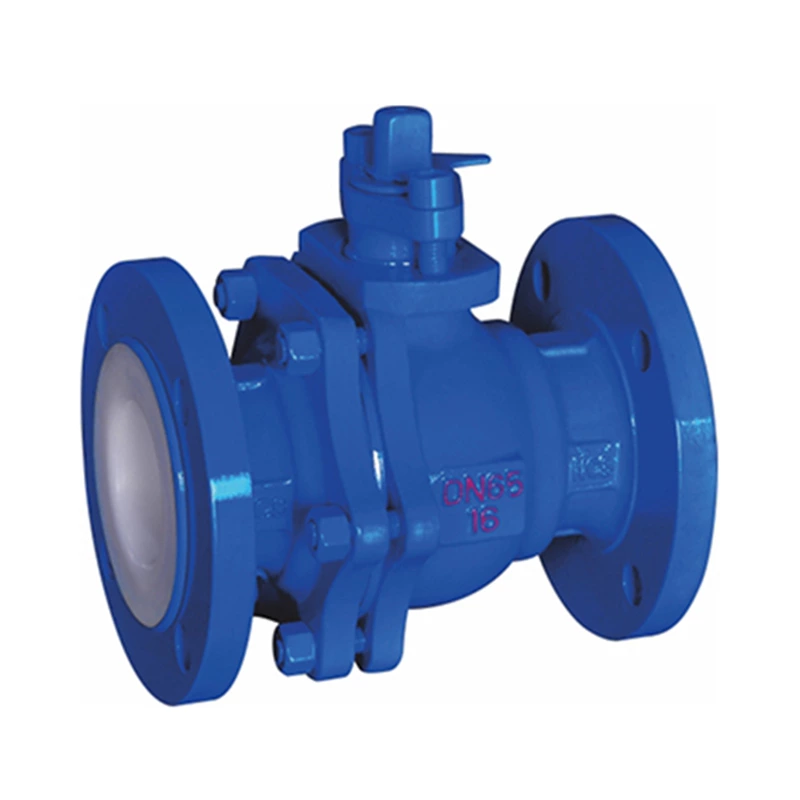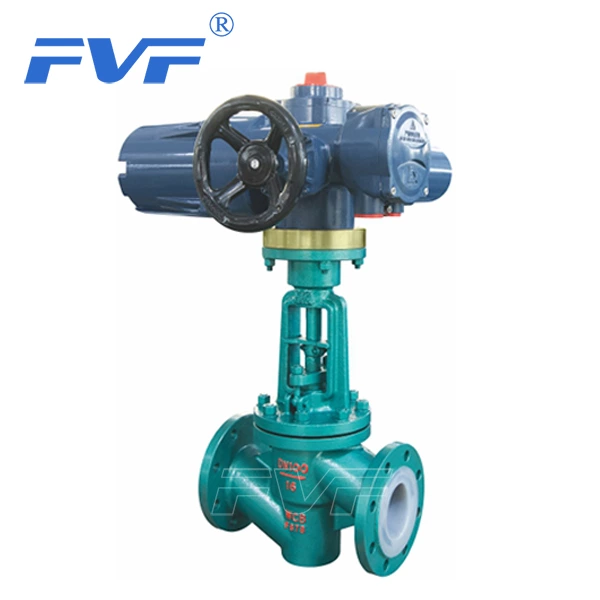The Manufacturing Process Of Fluorine-lined Butterfly Valve Is Complex And Arduous
In the production process of Lined Butterfly Valve, in addition to considering the processing and molding technology, factors such as raw material supply, production cost and environmental impact should also be considered. Therefore, the production of fluorine-lined butterfly valves is a complex and arduous process.
Fluorine-lined butterfly valves emerged with the emergence of fluoroplastics and social needs. They are the product of the development stage of modern science and technology. Compared with ordinary valves, fluorine-lined butterfly valves have their own unique features in terms of material selection and manufacturing process.
Compression molding is one of the ideal molding processes in the application of fluorine-lined butterfly valves. It is to put a certain amount of fluoroplastics (powder, granular, fibrous, flake and debris, etc.) into the mold cavity, and then close it, put it in the heating furnace and heat it to a certain temperature, and melt it under pressure. Flow, slowly fill the entire cavity and obtain the shape given by the cavity. With the increase of the degree of chemical reaction of fluoroplastics, the melt gradually loses its fluidity and becomes an infusible body structure and becomes a solid. After cooling to a certain temperature, the mold is opened to become a finished product, thus completing the molding process.
The structural length and flange end dimensions of the fluorine-lined butterfly valve shall be implemented in accordance with the relevant standards and industry standards for steel valves. For example, the structural length shall be in accordance with the provisions of GB/T12221 standard, and the structural length includes the thickness of the fluorine-lined plastic on the flange sealing surface. The flange connection dimensions shall be in accordance with the provisions of GB/T 9113.1.
And it is limited to the flange end connection, and welding is not allowed. It is convenient for the installation and connection of industrial pipelines without affecting the product quality due to welding.
The determination of the thickness of the lining layer is both a scientific issue and a more realistic economic issue. If the lining layer is thick, the expensive fluorine plastic will be wasted, and if the lining is thin, it will not meet the use requirements, because fluorine plastic is a polymer material and has the characteristics of absorbing a small amount of gas in contact with it. With the increase of temperature, the volume of the material expands, the gap between molecules increases, and the permeation absorption is aggravated.
Only by appropriately increasing the thickness can the permeation be reduced. Therefore, when designing the lining layer, the thickness is increased to make up for this defect. After experimental verification, it is determined that the lining layer thickness δ≥2mm is more appropriate, and it increases with the increase of the valve diameter. The performance of the fluorine-lined butterfly valve is more advantageous than valves of the same functional type in many aspects.
Now, the application of fluorine-lined butterfly valves in industry has become more and more widespread. We have reason to believe that in the future, its development path will be bright and it will become the darling of the market.







